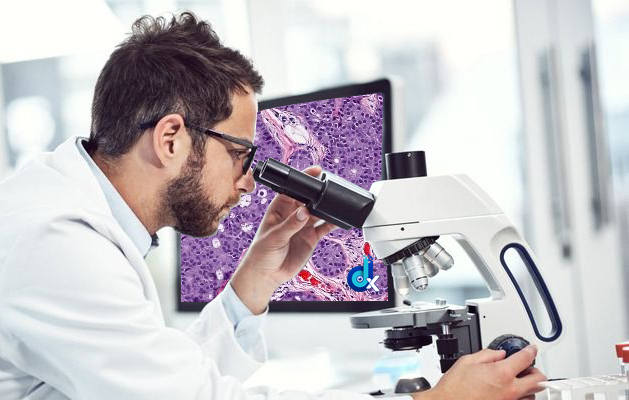Help Desk :
1800 8899 868
info@digidxdoc.com
Koramangala,
Bengaluru


Implementing and adopting digital pathology within a healthcare institution requires careful planning, infrastructure considerations, and stakeholder engagement. Below are some key strategies to ensure successful integration and utilization of digital pathology systems.
In the field of image analysis and computational pathology, advanced technologies are transforming how we detect and measure biomarkers, which are important signs of diseases. By using smart computer programs and techniques like machine learning, scientists and doctors can now find and analyze these biomarkers automatically in tissue samples much faster and more accurately than before. This helps doctors diagnose diseases quicker and more reliably. It also means they can provide better treatments tailored to each patient based on their unique biomarker patterns. These advancements are making a big difference in healthcare, improving patient outcomes and driving forward medical research.
In the sphere of machine learning and artificial intelligence in pathology, challenges and future directions loom large. Ensuring algorithm reliability, integrating AI into clinical workflows, and addressing privacy concerns are key hurdles. Moving forward, advancements in multi-modal data integration and collaborative efforts hold promise for revolutionizing pathology practice, leading to more accurate diagnoses and personalized treatments.